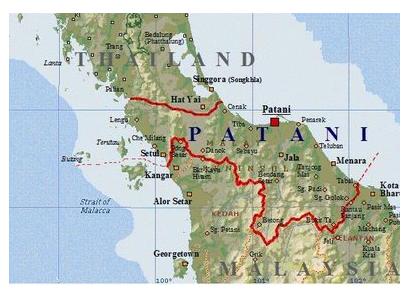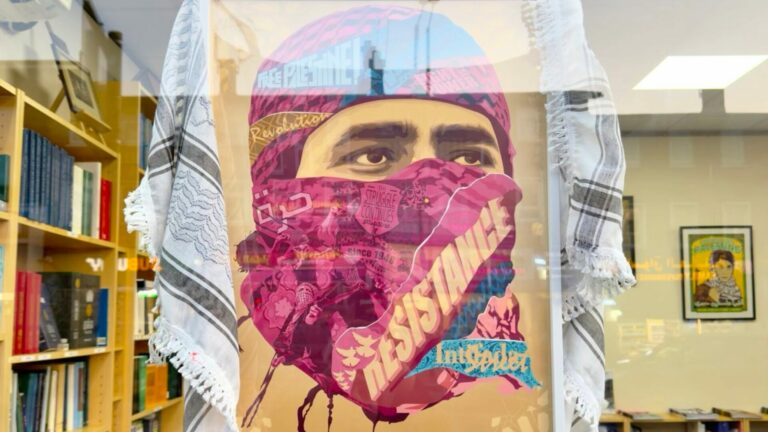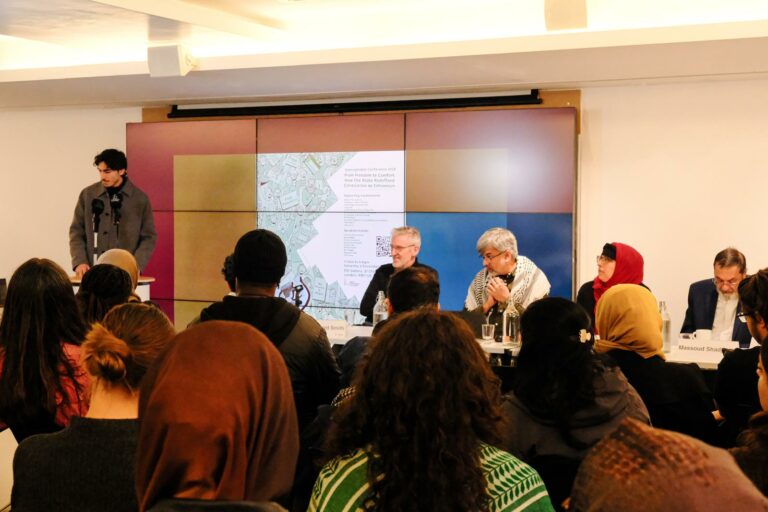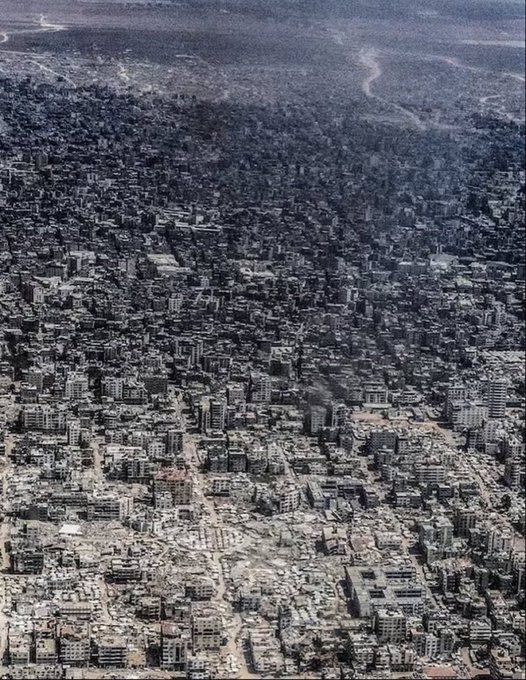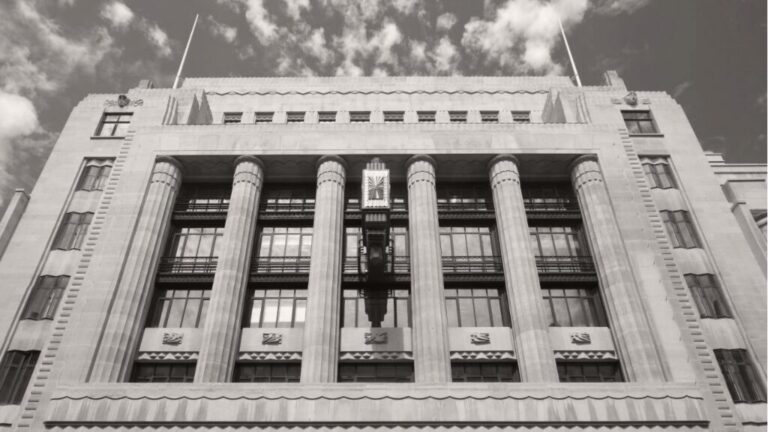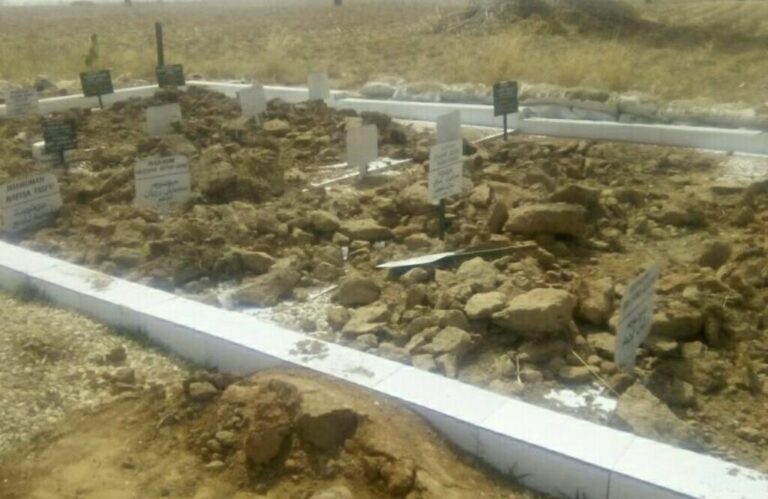A brief introduction to the Malay Kingdom of Patani [1]
Early History
The four southern provinces, collectively known as southern Thailand, are Patani, Narathiwat, Yala and Satun. These had their early origins under the Muslim state of Langkasuka. The kingdom of Patani gradually replaced Langkasuka and the four provinces were incorporated into what is known as Patani Raya or Greater Patani. Tome Pires believed that the state of Patani was established as early as the 1390s. This is based on evidence of the relationship between the Siam [2] kingdom and the Patani kingdom. One of the Thai kings of the period had married a daughter of one of the nobles of the Patani court. The fruit of this marriage was Tamagi who later became the ruler of Tumasik [3] under Siam rule. Tamagi was later murdered by Parameswara, a Palembang prince who later became the founder of the Malay kingdom of Malacca. The news of the murder reached the King of Patani who immediately despatched an armada to capture Parameswara. Parameswara., however, managed to escape through the Muar river and reached a place he subsequently called Malacca. Malacca was subsequently established in 1398 on the Malay Peninsula.
Thus it is clear that Patani was already an established kingdom by the time Malacca was established. This fact is further corroborated by the Portuguese through the writings of one of its historians, Godinho de Eredia, in his book Declaracan de Mala e India Meridional written in 1613,:
“It is to be noted that the eastern coast of Ujontana was peopled and frequented before the other or western coast; thus the histories relate that Malayos inhabited Pattane and Pam before the foundation of Malacca. At that time the ruler of Pam governed Sycapura and the Monarch who resided in Pattane, the metropolis of the Malayos.” [4]
The spread of Islam to Patani
Historians are inclined to date the coming of Islam to Patani to coincide with the coming of Islam to the whole of the Malay Archipelago i.e. at the end of the 13th century.
This view is based upon the similar Islamic features of the gravestones of the King of Patani and Sultan al-Malik al-Saleh of the Pasai kingdom of northern Sumatera. This would mean that Patani had received Islam even before Malacca had been established.
Local historians put the date much earlier, as early as the 10th or the 11th century. This spread however did not occur at the level of the court, as the court only converted to Islam in 1457. Thus even though Patani received Islam much earlier than Malacca it did not become a Muslim empire due to the reluctance of the court to accept Islam at that early period.
This would mean that Patani had received Islam from missionaries from the old Malay kingdom of Langkasuka. Langkasuka in turn had received Islam from Campa which was another Muslim empire in the 11th and 12th century. The ruling families of the three kingdoms were close with intermarriage; however as regards faith, they were always separate with Patani not being a Muslim kingdom at that very early period.
The story of the conversion of the King of Patani is also recorded in the earliest record of the history of Patani, conveniently called “Tarikh al-Fatani”. The story begins with the illness of the King Paya Tunaqpa with no physician in the kingdom able to cure him. A Muslim preacher present in the town at the time decided to use the opportunity to help cure the king on condition that upon recovering, he would convert to Islam. The king agreed and upon recovering he converted to Islam and assumed the title of Sultan Ismail Syah Zillullah fi al-Alam. Thus began the reign of the Muslim kingdom of Patani in 1457.
The Muslim kingdom of Patani seems to have experienced alternate periods of independence and Siamese control. Under Siamese suzerainty, the rulers were obliged to send Bunga Emas (Flowers made out of Gold) as a sign of subservience to the rule of the King of Siam. [5]
The coming of the Europeans, beginning with the Portuguese who had established themselves in Malacca in 1511, was used by the ruler of Patani to gain alliance against the might of Siam. In 1517, the Portuguese, led by Quarte Coelho, came to Patani to seek an audience with Sultan Ismail Syah. The result of such negotiations was trading rights and privileges for the Portuguese in exchange for Portuguese protection of Patani from Siam. [6]
The port of Patani at that time was one of the busiest and wealthiest ports in the region with trade from China, Japan, Portugal and later on the British, apart from the local traders. The materials on trade were gold, cotton, silk, spices, porcelain and pottery.
In 1630 the Patani kingdom revolted against the King of Siam, Prasat Thong.
The revolt of 1630s
Patani was ruled by a mixture of Sultans and Sultanahs. In 1630 Patani was ruled by a strong headed princess, Raja Ungu, who was the former wife of the King of Pahang, a state further south in the Malay Peninsula. She came to the throne rejecting the title Phra Nang Chao-Yang or Raja Nang Cayam given by the King of Siam. Instead she assumed the title Paduka Syah Alam as an act of defiance against King Prasat Thong.
Her ascension to the throne coincided with the coup at the Siam court of Ayuthia by Prasat Thong who later became king. She rejected Prasat Thong’s coronation and declared Patani to be independent from Siam and refused to send the Bunga Emas as a token of subservience to Siam. The newly crowned king was upset with the turn of events and eventually declared war on Patani on the pretext that Patani had made an unlawful alliance with the Portuguese to destroy Siam. [7]
In 1631 Raja Ungu despatched her Patani army to Ligor to liberate it from Siam control. This infuriated the King of Siam even more. In the aftermath of the battle, the Patani army captured two ships belonging to Siam including two Dutch traders. Ligor was recaptured by Siamese forces. However, the two Dutch traders were still missing. This incident brought the Dutch, who were hitherto neutral observers, into the war on the side of Siam.
Following an agreement with the Dutch that they would come at the appointed time of the battle against Patani, the Siam army began its assault on Patani in May 1634. The 60,000 strong Siam army could not withstand the assault on their own against the combined forces of Patani and the Portuguese. As the Dutch was nowhere to be seen, the Siamese army conceded defeat and returned to Ayuthia where the general of the army was later beheaded on the orders of the king. The Dutch finally arrived in June after the battle had long been lost to Patani. The king was furious and ordered that the whole of the Dutch fleet be confined to their quarters. It was only after constant persuasion that they were released with the excuse that they had engaged and destroyed 6 Patani ships as the reason for their delay.
Two years later in 1636, the Siamese army managed to reorganise itself for another assault on Patani. This however was never undertaken due to two main factors. The Dutch were ordered by the head of the VOC not to be involved in local feuds. The second factor was the negotiation instigated by the Sultan of Kedah, Sultan Rijalluddin Muhammed Syah (1619-1652). The Sultan became the middle man between Siam and Patani, thus resolving the issue without any bloodshed. The agreement stated that Siam would not attack Patani and Patani in turn would send Bunga Emas as a symbol of friendship. The Sultanah disagreed with the Bunga Emas and instead suggested that Patani send an ambassador to Siam. The representative of the king of Siam, Phraya Phrakhlang, without the backing of the Dutch hesitatingly agreed. Thus the revolt ended with the partial victory of the kingdom of Patani under the rule of one of its most famous Sultanahs, Sultanah Paduka Syah Alam.
The death of the Sultanah ended the hostility towards Siamese rule. Her daughter Raja Kuning regained the Siam title of Phra Nang Chao-Yang or Raja Nang Cayam. Another bid for total freedom came with the occupation of Ayuthia by the Burmese in 1767.
The Malay states under the rule of Siam used the opportunity to declare independence from Siamese rule. The states were Ligor, Patalung and Singgora. Their independence was short-lived as Siam managed to cleanse Ayuthia from the Burmese forces and regain their power. The son of the king was sent to quell the rebellion in the south. The rulers of these three states fled and sought refuge in Patani. The Siamese authorities under the prince pursued them to Patani. He despatched a messenger to the king of Patani, Sultan Muhammad Patani. The messenger declared that the kingdom of Patani would face the wrath of Siam if it did not hand over the rebels. The Sultan had very little choice and agreed.
In 1784, under threat from Burma, the King of Siam again despatched his son to recapture the southern states of Ligor and Phuket from Burma. After the success of destroying the Burmese armada, the prince requested the states of Kedah and Patani to send Bunga Emas to Siam as a sign of subservience.
Sultan Muhammad Patani refused and rejected the request incurring the wrath of Siam who sent an army to attack and destroy Patani. The army assaulted an already weakened Patani kingdom in November 1786. Patani fell to the control of Siam on this historic date. The Siamese army committed atrocities with utmost rigour against the inhabitants. Sir Francis Light, who had just settled in Penang, wrote a letter to the Governor-General of India, Lord Cornwallis, detailing the massacre and atrocities that he had heard were occurring in Patani. Men, elderly ladies and children were all captured and thrown to the ground to be stepped upon by herds of elephants. 4000 more men were sent back to Ayuthia as slaves and were later used as labourers to build the new capital of Siam, called Bangkok.
Due to these atrocities many fled Patani to neighbouring Kedah. From 1786 onwards the rulers of Patani were appointed by the Siamese court in Ayuthia and later on Bangkok. This however did not stop the masses from rising up due to differential treatment meted out to the Malays. Beginning with Tengku Lamidin, who was appointed ruler by Siam, later rebelled and was subsequently captured and executed, the other rulers were also subservient in the beginning but revolted in the course of time.
Faced with frequent rebellions, the Siam authorities employed numerous tactics to pacify the south. The divide and rule tactic was used and the Patani provinces were divided into seven smaller provinces: Patani, Nhongchik, Raman, Ra-ngae, Saiburi, Yala and Yaring. This tactic however did not solve the problem; instead it created problems over revenue collections and taxation. It also did not quell the rebellions as the indigenous Patani rulers, influenced by the Kedah rebellion against Siam, also instigated another rebellion in 1832. They were defeated but another uprising was to occur 6 years later. The Siam authority then decided to choose the appointed officials from the Patani people themselves. This helped establish a stable and peaceful atmosphere for many years before the coming of King Chulalongkorn (1868-1910).
King Chulalongkorn introduced a centralisation programme (thesaphiban) which was to increase the strain of direct control from the capital Bangkok. In 1901 Siam regrouped the seven provinces of Patani under one single administrative unit called “Area of Seven Provinces” (boriween chet huamuang) and placed it under the control of an area commissioner who worked directly under the Interior Ministry. The treasuries of the Malay kingdom was handled directly by the Revenue Department as in other Siamese provinces. By 1906 the area of the seven Malay provinces was administratively reorganised into a “circle” (monthon) called Monthon Patani. The Monthon Patani incorporated the seven provinces into four larger provinces: Patani, Bangnara, Saiburi and Yala.
A district of Kedah was also incorporated into Siamese territory and named Satun Province. Kedah was however ceded to England [8] together with Perlis, Kelantan and Terengganu [9] in accordance with the Anglo-Siamese Treaty signed in March 1909 [10].
This administrative reorganisation dealt a severe blow to the rule of the Malay Sultan as their powers were reduced to that of Siamese court officials with fixed salaries.
References
Che Man, Wan K., Muslim Separatism: The Moros of Southern Philippines and the Malays of Southern Thailand, Oxford University Press, 1990.
Al-Fatani, Ahmad Fathy, Ulama Besar dari Patani, Bangi: UKM Press, 2002.
Hall, D.G.E., A History of South-East Asia, Third Edition, London:Macmillan Press, 1968.
Malek, Mohd. Zamberi A., Umat Islam Patani Sejarah dan Politik, Shah Alam: Hizbi Publications, 1993.
ENDNOTES:
[1] Patani is the Malay version of the word while “Pattani” is the same word transliterated from the Thai-spelling.
[2] ‘Thailand was called Siam until 1939 and also from 1946 to 1949. In 1939, and again in 1949, it was changed to Thailand, a name which carries a certain note of Thai-people nationalism and irredentism.’ Quoted from Che Man, Wan K., Muslim Separatism: The Moros of Southern Philippines and the Malays of Southern Thailand, Oxford University Press, 1990, pg. 45, ff.6. Henceforth Muslim Separatism.
[3] Old name for Singapore.
[4] Quoted from Malek, Mohd. Zamberi A., Umat Islam Patani Sejarah dan Politik, Shah Alam: Hizbi Publications, 1993, pg. 19. Henceforth Umat Islam Patani.
[5] Muslim Separatism, pg. 34.
[6] Umat Islam Patani, pg. 34.
[7] Umat Islam Patani, pg. 66.
[8] The Muslims of Patani did try to solicit support from the British to free itself from Thai domination. As a result, the Governor of the Straits Settlement, Sir Frank Sweetenham, tried to incorporate Patani into British Malaya, but this was aborted by London. See Muslim Separatism, pg. 158.
[9] These four states were formerly under the rule of Siam but had managed to maintain their relative independence free from Siam interference unlike Patani (after 1786).
[10] Muslim Separatism, pg. 35.
Islamic Human Rights Commission
PO Box 598
Wembley
HA9 7XH
UK
T (44) 20 8904 4222
F (44) 20 8904 5183
E info@ihrc.org
W www.ihrc.org.uk

